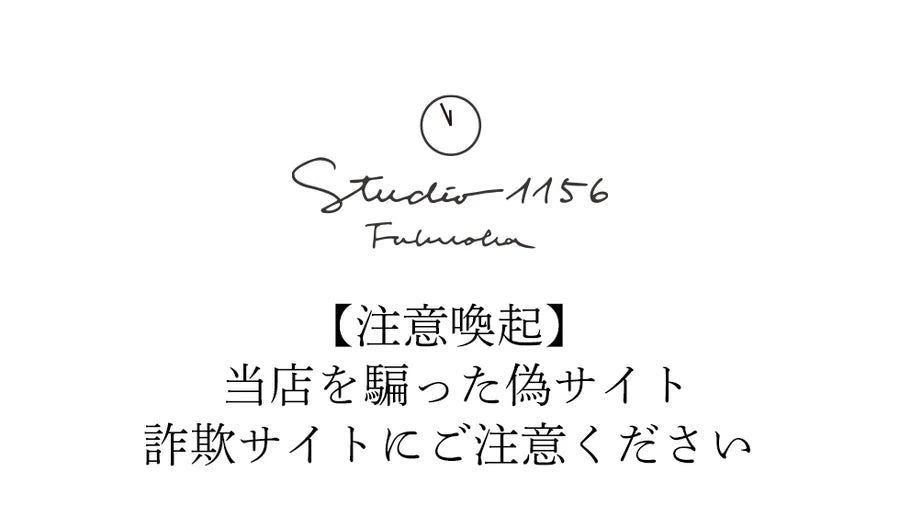読みもの
Monohara
JP: 物原/ものはら
The place where rejected items and pieces of broken kiln wall are disposed. Some Monoharas have been known to build up to a mountain o...
Namagake
JP: 生掛け/なまがけ
One of the methods of glazing, done before biscuit firing.
Netsuke
JP: 根付/ねつけ
Miniature sculptures, which are attached to the end of the cords of a pouch for personal belongings: tobacco, money, medicines etc.
Nigoshide
JP: 濁し手/にごしで
The natural, warm, milky color of porcelain in its unpainted state. Using Nigoshide as a background color is often associated with Ka...
Nihon Rokkoyo
JP: 日本六古窯/にほんろっこよう
General term for six kilns which started producing pottery between the 8th and 15th centuries in Japan, and are still operating...
Noborigama
JP: 登り窯/のぼりがま
A style of kiln for firing ceramic products. The kiln is chambered and built on a slope. Products are put in each chamber, and a fir...
Oniwa-yaki
JP: 御庭焼/おにわやき
Pottery and porcelain which craftsmen made under the orders of those daimyo (Japanese feudal lords) who had a kiln in the grounds of...
Oranda Higashi Indo Gaisha (The Dutch East India Company)
JP: オランダ東インド会社/おらんだひがしいんどがいしゃ
The Dutch East India Company (Vereenigde Oost-Indische Compagnie, VOC) was a chartered company established in 1602 t...
Sarayama
JP: 皿山/さらやま
The name for any place where pottery and porcelain is produced.
Sekki
JP: 炻器/せっき
Pottery made of clay and not glazed. Since Sekki is fired at a high temperature (1200-1300 ℃) for a long time (some kilns take 2 weeks!...
Shibata Akihiko (1940 -2004)
JP: 柴田明彦/しばたあきひこ
A collector of Old Imari pieces (mainly from the Edo period, 17th-19th century) for 40 years with his wife Yuko. They donated 10,...
Shibata-fusai Collection (The Shibata collection)
JP: 柴田夫妻コレクション/しばたふさいこれくしょん
The collection of Mr. and Mrs. Shibata, mainly consisting of Old-Imari pieces. They have donated 10,311 pieces to The ...





